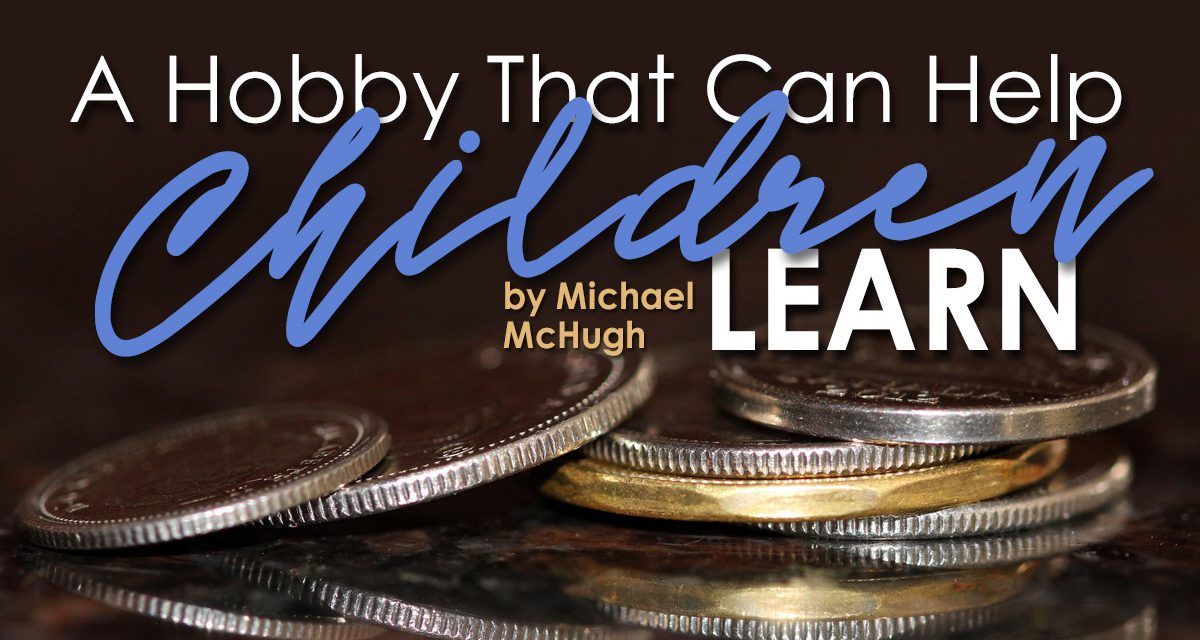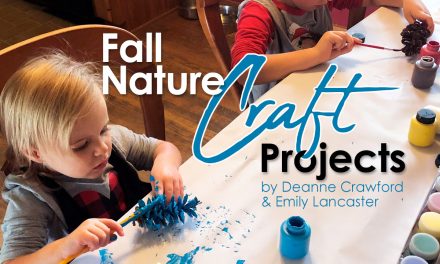Like most people in the Western world, I love to collect “stuff.” One quick visit to web sites like eBay or Amazon will leave the average person amazed at the variety of things people decide to collect. The adage does indeed appear to be true, that one person’s junk is another person’s treasure. The common desire of human beings to gather and organize things may well have been placed within the human heart by the same Creator who commissioned men to subdue and take dominion over the Earth. Regardless, however, of the precise origin of man’s desire to collect and classify things, the simple fact is that collecting is one of mankind’s oldest hobbies.
In my case, the love of collecting began sometime shortly after I could crawl. Like many youngsters, I began with an Indian arrowhead and rock collection, and soon found myself collecting other items such as toy trains and little green plastic soldiers. Many happy hours were spent searching for something new to add to my collection, or perhaps trying to fix something that was broken amongst my treasured possessions. As I grew, my interests changed and I eventually abandoned my rocks and plastic toys to collect pocket knives and baseball cards. This was exciting for a time, but as I moved into my teen years I decided to collect artifacts from World War Two, as well as coins and motorcycles. Years later, after I became a husband and father, I began to collect children (my wife and I have seven at last count). Now that I sit at the ripe old age of sixty, however, I still find considerable pleasure in collecting treasures such as old schoolbooks and antique pottery.
As a home school dad and unrepentant collector, I now have the pleasure of encouraging my own children in their respective collections. I do this because I am convinced from my own experience that this type of hobby can be educationally profitable as well as entertaining. As my children grow, I want to encourage them to use their spare time to cultivate a lifestyle of learning and exploration, and collecting is one means for them to move in this direction. Frankly, one of the most appealing aspects of collecting is that it enables my children to fight against their tendency toward idleness, which often manifests itself in the form of too much time sitting in front of the television or computer screen.
If you still need convincing of the educational benefits derived from the pursuit of collecting, then consider the following examples.
A coin collection can involve young people in the following educational activities:
- Study the history of coin minting, from ancient times to present day.
- Take a field trip to a U.S. Mint in order to learn how coins are made. A virtual tour may also be found online at usmint.gov.
- Explain how coins are “graded” in terms of their condition and value.
- Study the history behind the development of specific coins. Consider including the background of the artists/engravers who worked on the development of a particular coin.
- Encourage older students to start a home business as they become more skilled at buying and selling coins.
A collection of artifacts from World War II can enable students to engage in the following educational activities:
- Research the historical developments that led up to World War II. Web sites such as bbc.co.uk/history provide students with a wealth of information.
- Read books about the military units that utilized some of the artifacts that in the student’s collection.
- Interview WWII veterans to obtain first-hand accounts of their exploits. VFW posts or retirement homes are good places to locate such veterans.
- Become involved with a WWII re-enactment group, or attend one of their mock battles to learn more about the way equipment was used during combat conditions.
- Do a unit study examining life on the “home front.” For example, learn why and how citizens planted “victory gardens” during the war, and about what and why items were rationed as well.
- Visit a local museum that has a WWII display.
The hobby of collecting is as diverse as the types of people who home school. Regardless of whether your children choose to collect butterflies or old musical instruments, the key is to help them start a collection that will involve them in meaningful research, specialized training, or self-improvement.
It should also be mentioned that certain types of collecting, if done wisely and prudently, can actually provide young people with a source of income. Most antique artifacts have value on the open market, and if students learn how to identify those items that have the most desirable/collectable traits, then they can often sell these items at a profit. Who knows, your child may even find a meaningful career flowing out of what began as a mere hobby!
Too often it seems, in parenting, our reaction to the interests and dreams of our children to begin a collection is lackluster, if not outright hostile. There are occasions, to be sure, when parents may need to gently steer their offspring away from certain types of collecting due to safety/spiritual concerns. Notwithstanding, it is my hope that as much as possible, parents would be willing to grant their children the freedom to explore the fascinating and intellectually invigorating world of collecting. ~ Mike





